
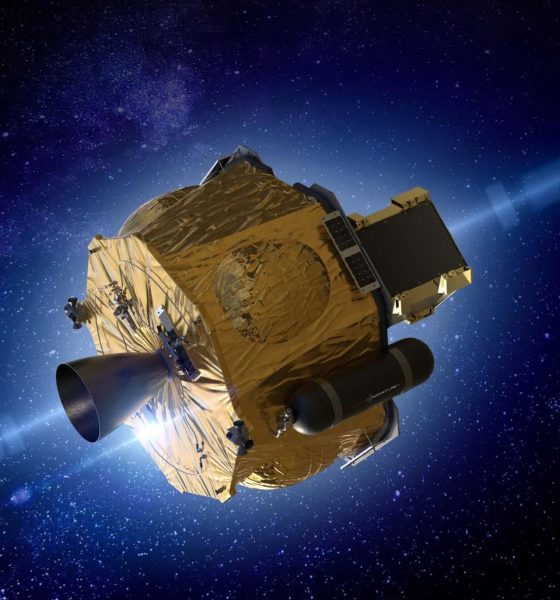
News
Rocket Lab spacecraft sends NASA’s CAPSTONE mission to the Moon
Rocket Lab has successfully sent a small NASA spacecraft on its way to the Moon, acing the complex interplanetary launch on its first try.
The public aerospace company’s (mostly) standard two-stage Electron rocket lifted from its New Zealand-based LC-1 pad on June 28th and inserted NASA’s tiny 25-kilogram (~55 lb) “Cislunar Autonomous Positioning System Technology Operations and Navigation Experiment” (CAPSTONE) spacecraft into a low Earth parking orbit without issue. As is fairly typical for most modern Electron launches, a small ‘kick stage’ was included for orbital operations and payload deployment, but CAPSTONE’s kick stage and destination were anything but typical.
Instead of slightly and briefly tweaking a run-of-the-mill low Earth orbit, CAPSTONE’s kick stage was tasked with sending the spacecraft (and itself) all the way from LEO (~300 kilometers) to a lunar transfer orbit with an apoapsis 1.2 million kilometers (~750,000 mi) from Earth.
To accomplish that feat, Electron’s extensively upgraded Lunar Photon kick stage would need to perform more than half a dozen major burns spread out over almost a week, and survive hostile conditions while maintaining total control throughout. Generally speaking, Rocket Lab offers three kick stage variants: a standard low-thrust, low-longevity stage for small orbital adjustments shortly after launch; an upgraded Photon that can either serve as a long-lived satellite or kick stage; and an even more upgraded Photon with large propellant tanks and a more powerful ‘HyperCurie’ engine. With an impressive 3200+ meters per second of delta V, the latter variant could boost significant payloads into higher Earth orbits but is primarily designed for deep space missions – sending payloads beyond Earth orbit.
Rocket Lab wants to launch its own self-funded mission(s) to Venus, delivering one or several small atmospheric probes to help peel back the curtain on the chronically under-explored planet. It also won a 2021 contract to supply a pair of Mars-bound Photon spacecraft buses for NASA’s Escape and Plasma Acceleration and Dynamics Explorers (ESCAPADE) in 2024, and has multiple orders for simpler Photons that will support slightly more ordinary missions back in Earth orbit.
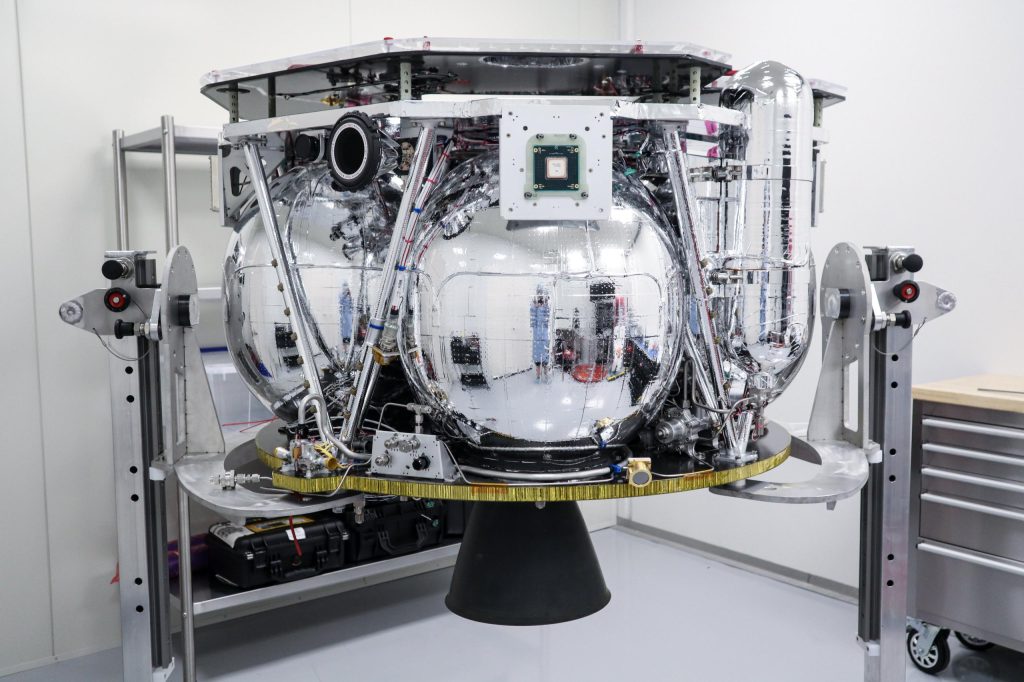
Lunar Photon’s performance on CAPSTONE bodes extremely well for those ambitious future plans. Within hours of reaching orbit, Photon had begun the orbit-raising process. Over the course of five days, Photon performed six major burns, effectively taking larger and larger ‘steps’ towards the Moon. The spacecraft’s seventh and final burn boosted its apoapsis almost tenfold from ~70,000 to 1.2 million kilometers from Earth, officially placing CAPSTONE on a ballistic lunar trajectory (BLT). While highly efficient, CAPSTONE’s trajectory means it will have to wait until November 2022 to truly enter orbit around the Moon using its own small thrusters.
Once there, “CAPSTONE will help reduce risk for future spacecraft by validating innovative navigation technologies and verifying the dynamics of” lunar near-rectilinear halo orbits (NRHO). The story behind that strange lunar orbit – which will make exploring the Moon’s surface significantly less convenient – is far less glamorous, however. CAPSTONE is essentially a tiny precursor to NASA’s Artemis Program, which the agency claims will help “establish the first long-term presence on the Moon.”
In reality, NASA’s concrete plans currently include a series of short and temporary human landings in the 2020s. While the agency has contracted with SpaceX to develop a potentially revolutionary Starship Moon lander for a single uncrewed and crewed demonstration mission, NASA’s current plan involves using its own Space Launch System (SLS) rocket and Orion spacecraft as a sort of $4 billion lunar taxi to carry astronauts from Earth’s surface to a Starship lander waiting in lunar orbit. Starship will then carry those astronauts to the surface, spend about a week on the ground, launch them back into lunar orbit, and rendezvous with Orion, which will finally return them to Earth.
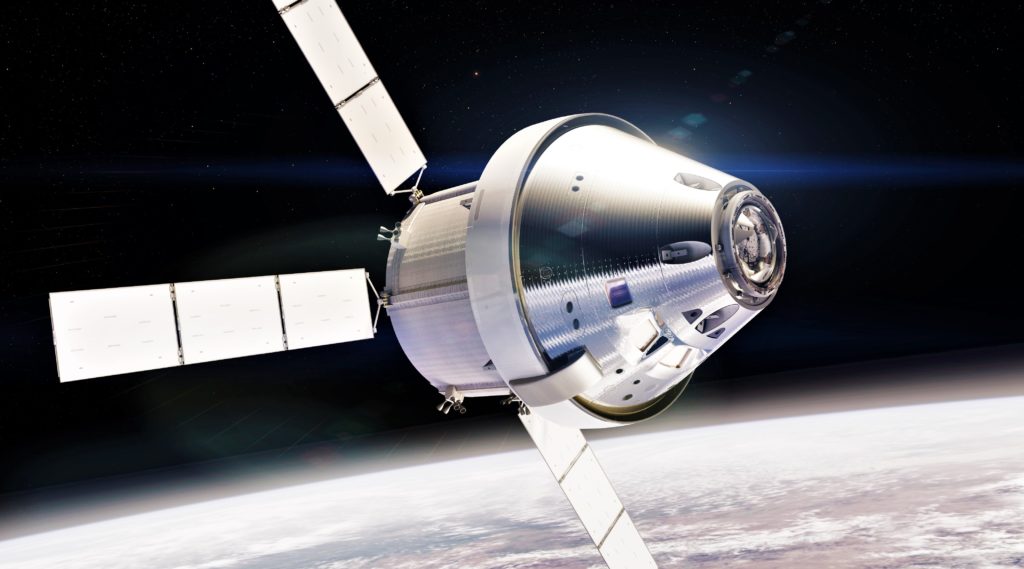
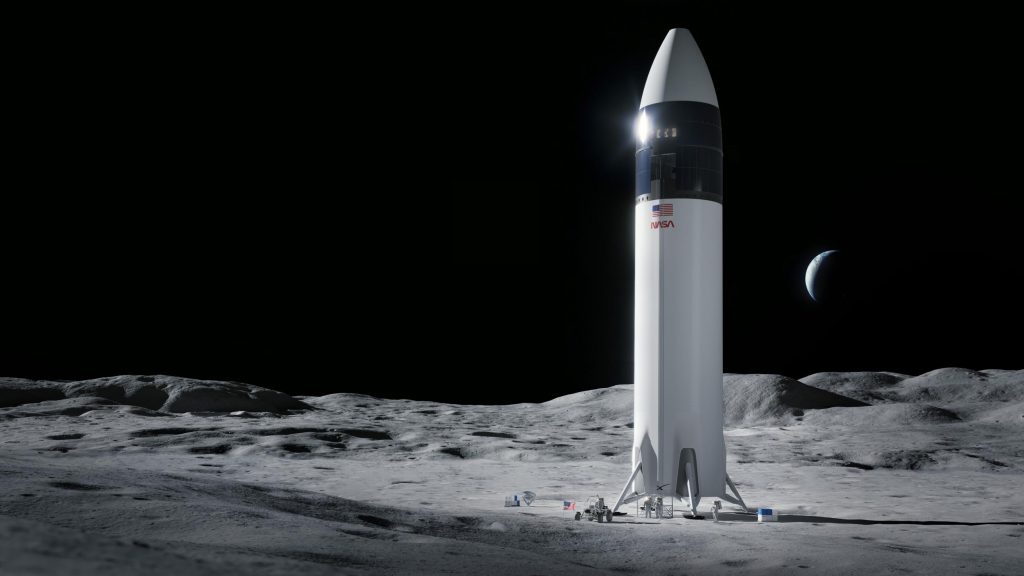
Orion’s service module delivers about half as much delta V as NASA’s 50-year-old Apollo Service Module, severely limiting its deep space utility and making safe crewed trips to and from low lunar orbits virtually impossible on its own. Instead of improving the spacecraft’s performance and flexibility by upgrading or replacing the European-built service module (ESM) over the last decade, NASA accepted that Orion would only ever be able to send astronauts to lunar orbits that would always be inconvenient for surface operations.
CAPSTONE’s ultimate purpose, then, is to make sure that spacecraft operate as expected in that compromise orbit – only necessary because Orion can’t reach the lower lunar orbits that are already thoroughly understood.

News
Tesla dispels reports of ‘sales suspension’ in California
“This was a “consumer protection” order about the use of the term “Autopilot” in a case where not one single customer came forward to say there’s a problem.
Sales in California will continue uninterrupted.”

Tesla has dispelled reports that it is facing a thirty-day sales suspension in California after the state’s Department of Motor Vehicles (DMV) issued a penalty to the company after a judge ruled it “misled consumers about its driver-assistance technology.”
On Tuesday, Bloomberg reported that the California DMV was planning to adopt the penalty but decided to put it on ice for ninety days, giving Tesla an opportunity to “come into compliance.”
Tesla enters interesting situation with Full Self-Driving in California
Tesla responded to the report on Tuesday evening, after it came out, stating that this was a “consumer protection” order that was brought up over its use of the term “Autopilot.”
The company said “not one single customer came forward to say there’s a problem,” yet a judge and the DMV determined it was, so they want to apply the penalty if Tesla doesn’t oblige.
However, Tesla said that its sales operations in California “will continue uninterrupted.”
It confirmed this in an X post on Tuesday night:
This was a “consumer protection” order about the use of the term “Autopilot” in a case where not one single customer came forward to say there’s a problem.
Sales in California will continue uninterrupted.
— Tesla North America (@tesla_na) December 17, 2025
The report and the decision by the DMV and Judge involved sparked outrage from the Tesla community, who stated that it should do its best to get out of California.
One X post said California “didn’t deserve” what Tesla had done for it in terms of employment, engineering, and innovation.
Tesla has used Autopilot and Full Self-Driving for years, but it did add the term “(Supervised)” to the end of the FSD suite earlier this year, potentially aiming to protect itself from instances like this one.
This is the first primary dispute over the terminology of Full Self-Driving, but it has undergone some scrutiny at the federal level, as some government officials have claimed the suite has “deceptive” naming. Previous Transportation Secretary Pete Buttigieg was vocally critical of the use of the name “Full Self-Driving,” as well as “Autopilot.”
News
New EV tax credit rule could impact many EV buyers
We confirmed with a Tesla Sales Advisor that any current orders that have the $7,500 tax credit applied to them must be completed by December 31, meaning delivery must take place by that date. However, it is unclear at this point whether someone could still claim the credit when filing their tax returns for 2025 as long as the order reflects an order date before September 30.
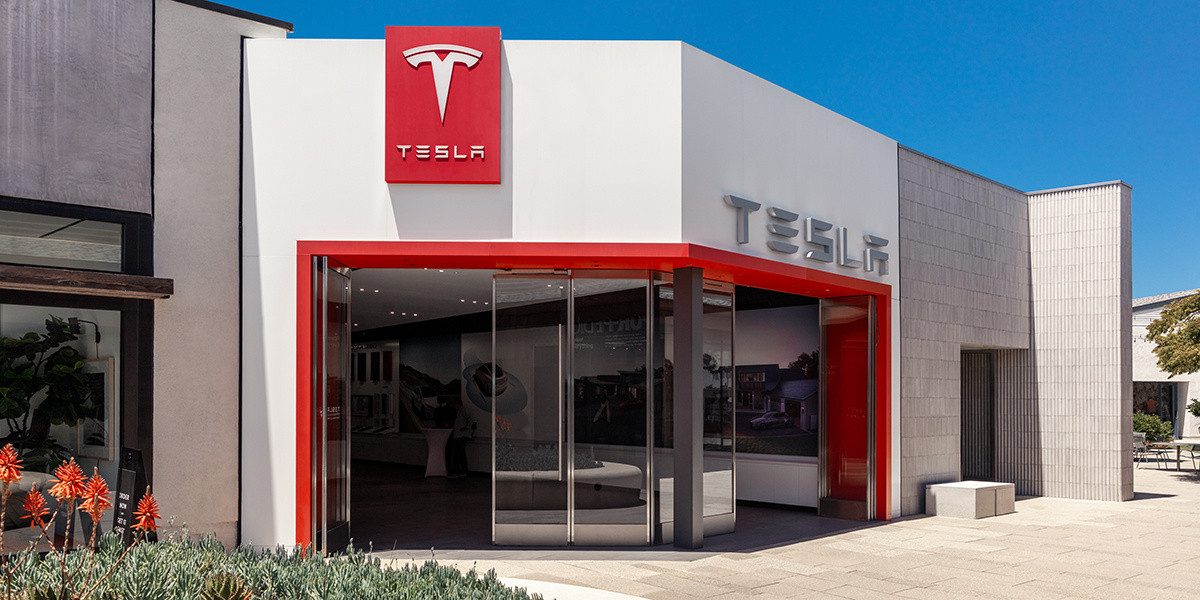
Tesla owners could be impacted by a new EV tax credit rule, which seems to be a new hoop to jump through for those who benefited from the “extension,” which allowed orderers to take delivery after the loss of the $7,500 discount.
After the Trump Administration initiated the phase-out of the $7,500 EV tax credit, many were happy to see the rules had been changed slightly, as deliveries could occur after the September 30 cutoff as long as orders were placed before the end of that month.
However, there appears to be a new threshold that EV buyers will have to go through, and it will impact their ability to get the credit, at least at the Point of Sale, for now.
Delivery must be completed by the end of the year, and buyers must take possession of the car by December 31, 2025, or they will lose the tax credit. The U.S. government will be closing the tax credit portal, which allows people to claim the credit at the Point of Sale.
🚨UPDATE: $7,500 Tax Credit Portal “Closes By End of Year”.
This is bad news for pending Tesla buyers (MYP) looking to lock in the $7,500 Tax Credit.
“it looks like the portal closes by end of the year so there be no way for us to guarantee the funds however, we will try our… pic.twitter.com/LnWiaXL30k
— DennisCW | wen my L (@DennisCW_) December 15, 2025
We confirmed with a Tesla Sales Advisor that any current orders that have the $7,500 tax credit applied to them must be completed by December 31, meaning delivery must take place by that date.
However, it is unclear at this point whether someone could still claim the credit when filing their tax returns for 2025 as long as the order reflects an order date before September 30.
If not, the order can still go through, but the buyer will not be able to claim the tax credit, meaning they will pay full price for the vehicle.
This puts some buyers in a strange limbo, especially if they placed an order for the Model Y Performance. Some deliveries have already taken place, and some are scheduled before the end of the month, but many others are not expecting deliveries until January.
Elon Musk
Elon Musk takes latest barb at Bill Gates over Tesla short position
Bill Gates placed a massive short bet against Tesla of ~1% of our total shares, which might have cost him over $10B by now
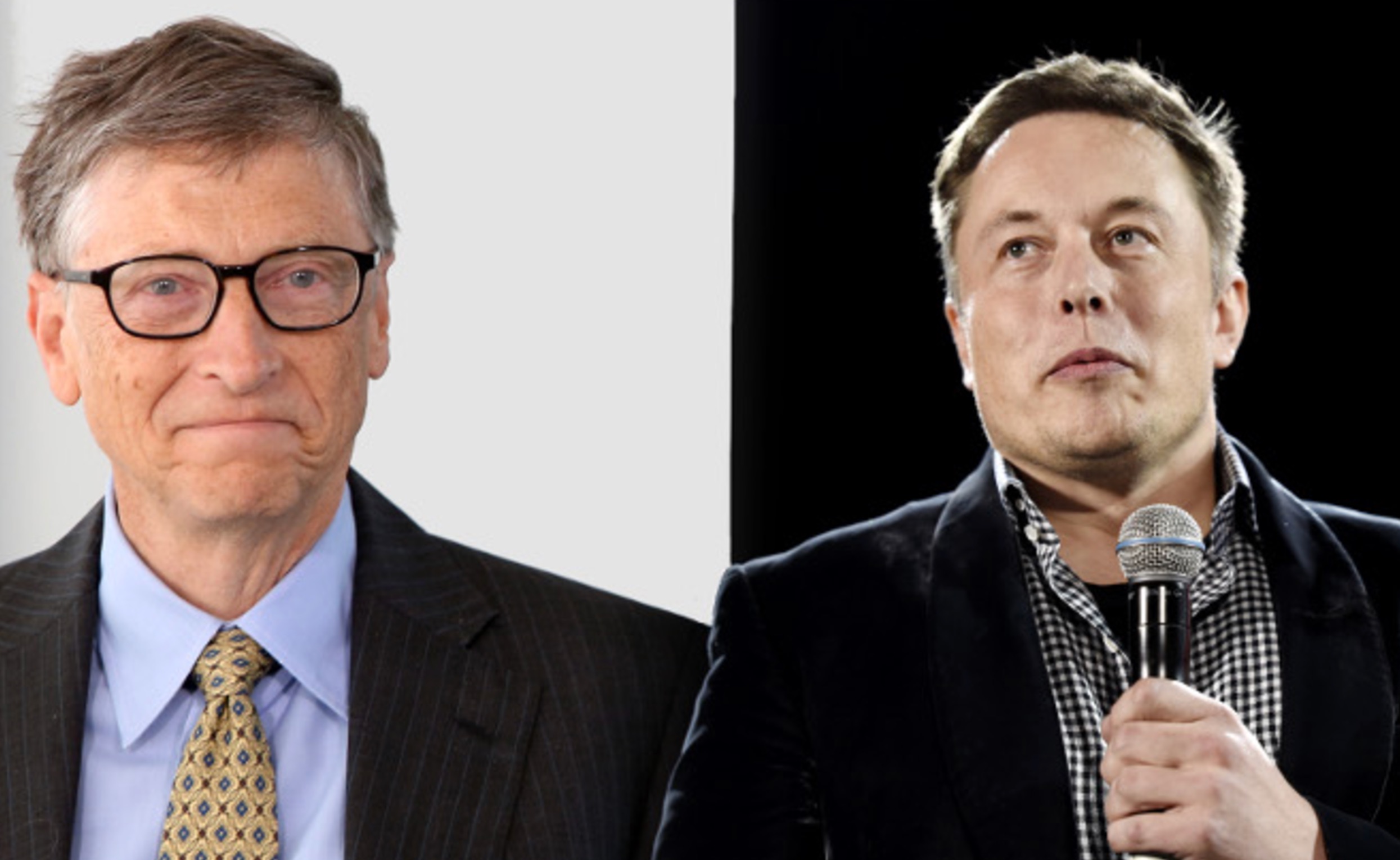
Elon Musk took his latest barb at former Microsoft CEO Bill Gates over his short position against the company, which the two have had some tensions over for a number of years.
Gates admitted to Musk several years ago through a text message that he still held a short position against his sustainable car and energy company. Ironically, Gates had contacted Musk to explore philanthropic opportunities.
Elon Musk explains Bill Gates beef: He ‘placed a massive bet on Tesla dying’
Musk said he could not take the request seriously, especially as Gates was hoping to make money on the downfall of the one company taking EVs seriously.
The Tesla frontman has continued to take shots at Gates over the years from time to time, but the latest comment came as Musk’s net worth swelled to over $600 billion. He became the first person ever to reach that threshold earlier this week, when Tesla shares increased due to Robotaxi testing without any occupants.
Musk refreshed everyone’s memory with the recent post, stating that if Gates still has his short position against Tesla, he would have lost over $10 billion by now:
Bill Gates placed a massive short bet against Tesla of ~1% of our total shares, which might have cost him over $10B by now
— Elon Musk (@elonmusk) December 17, 2025
Just a month ago, in mid-November, Musk issued his final warning to Gates over the short position, speculating whether the former Microsoft frontman had still held the bet against Tesla.
“If Gates hasn’t fully closed out the crazy short position he has held against Tesla for ~8 years, he had better do so soon,” Musk said. This came in response to The Gates Foundation dumping 65 percent of its Microsoft position.
Tesla CEO Elon Musk sends final warning to Bill Gates over short position
Musk’s involvement in the U.S. government also drew criticism from Gates, as he said that the reductions proposed by DOGE against U.S.A.I.D. were “stunning” and could cause “millions of additional deaths of kids.”
“Gates is a huge liar,” Musk responded.
It is not known whether Gates still holds his Tesla short position.








